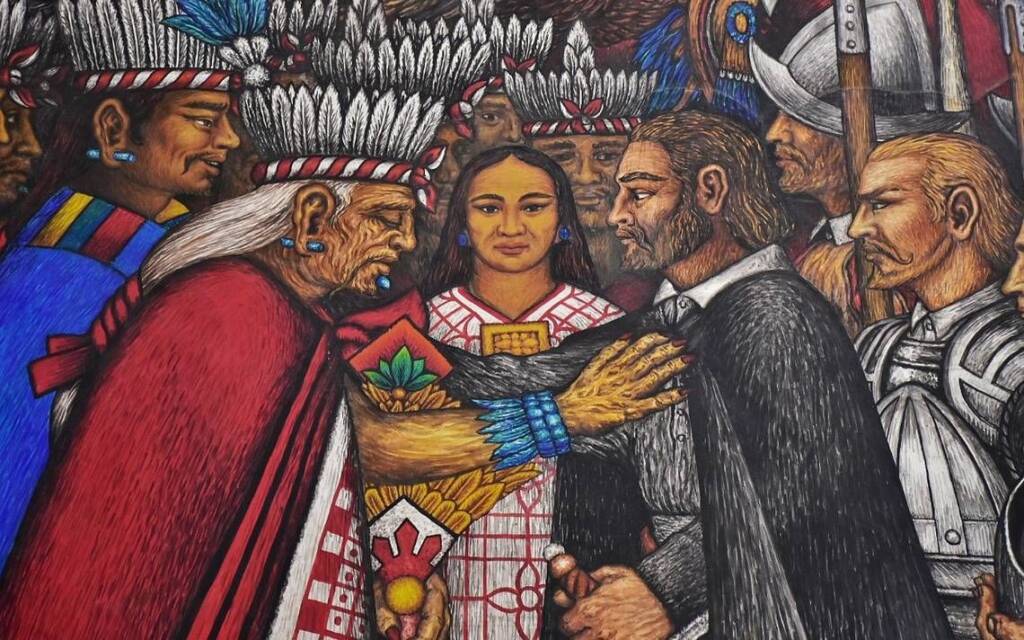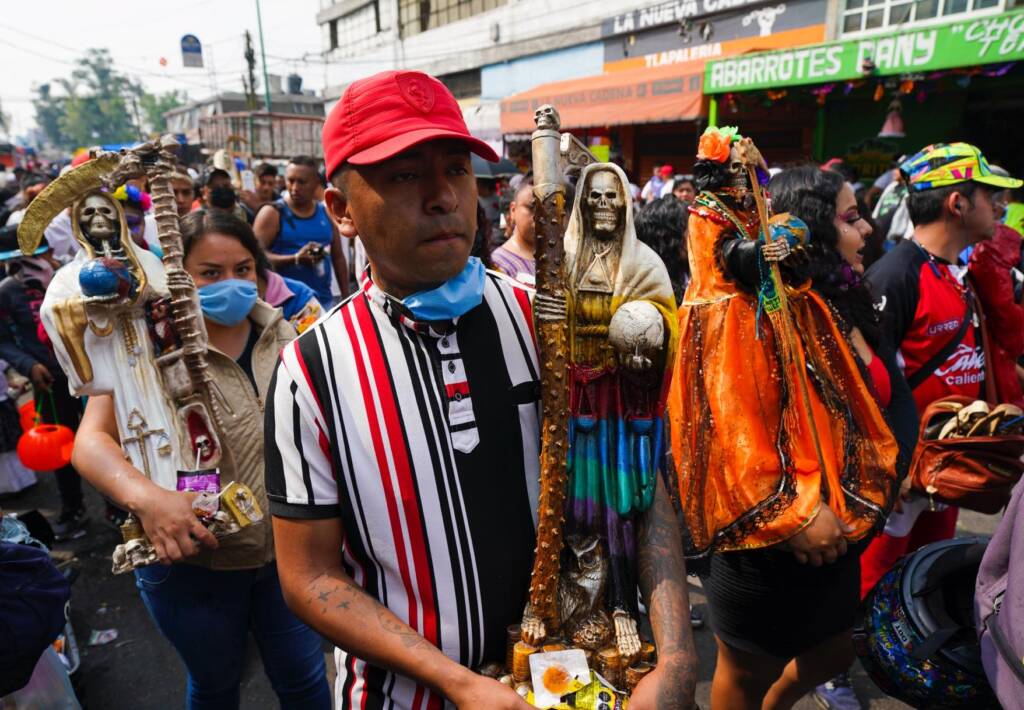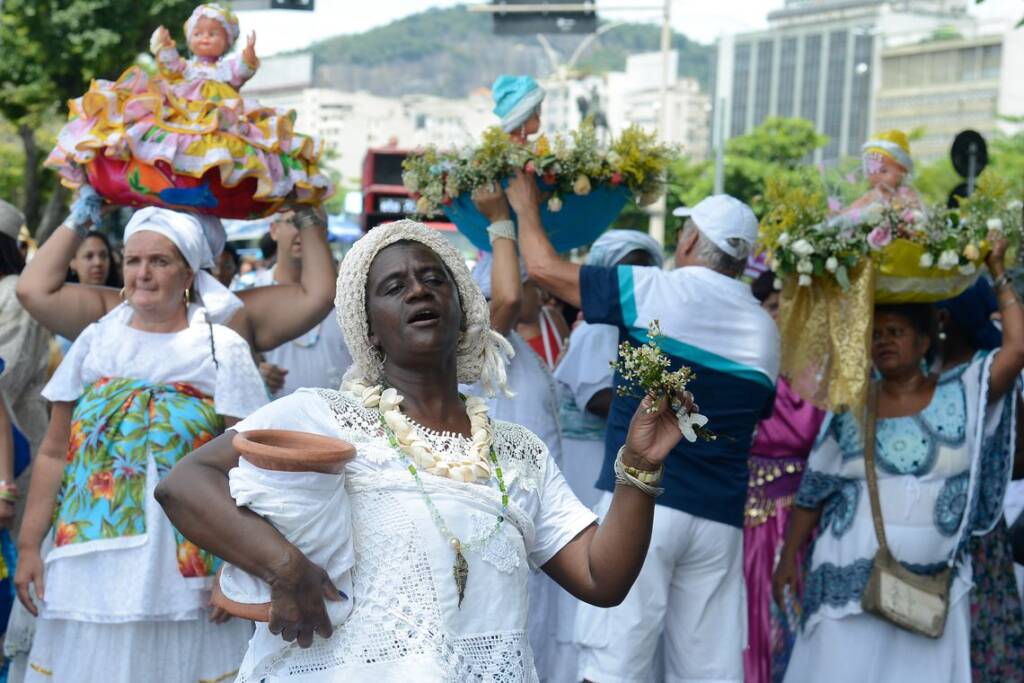Religious Syncretism: A Christian Perspective
From the earliest days of the Church, Christians have faced the challenge of living in a world filled with diverse religions, philosophies, and cultural traditions. Wherever the Gospel has gone, it has encountered practices and beliefs deeply rooted in local societies. This interaction has often given rise to religious syncretism—the blending of Christian faith with non-Christian elements. While syncretism may appear as a way to make the faith more accessible or culturally relevant, from a biblical perspective it poses significant dangers to the purity of the Gospel.
Before looking at examples of religious syncretism, we must first understand what it refers to. Syncretism comes from the Greek “synkretismos” (“syn,” “with”; “kriti,” “Cretan”; and “ismos,” “doctrine”) and is the phenomenon in which traits from two or more cultures, societies, ideologies, or beliefs are combined. This word originates from a story told by Plutarch, who said that, in times of war, the inhabitants of the island of Crete would put aside their differences to join forces and expel an invader.

Syncretism in the Bible
Scripture repeatedly warns God’s people against mixing their worship of the one true God with pagan practices:
-
In the Old Testament, Israel often fell into syncretism, combining worship of Yahweh with Baal or Asherah. The prophets denounced this as spiritual adultery (Jeremiah 7:9–10; Hosea 4:12).
-
In the New Testament, Paul confronted similar challenges. In Corinth and Galatia, believers were tempted to blend the Gospel with Greek philosophy, idol feasts, or Judaizing practices. Paul’s response was firm: “What agreement has the temple of God with idols?” (2 Corinthians 6:16).
These warnings highlight a consistent biblical theme: God desires wholehearted devotion, not divided allegiance.

Santeria in Cuba: Religious syncretism in Santeria is the fusion of the African Yoruba religion with Catholicism, promoted by slaves during the colonial period to hide their African practices from their Catholic masters. The slaves identified their gods (Orishas) with Catholic saints in order to continue practicing their beliefs, resulting in a new religion where African rituals, philosophy, and symbols were preserved and integrated with Christian elements.
Why Syncretism Happens
Religious syncretism often arises in contexts of cultural exchange or pressure:
-
Desire for Acceptance – Believers may blend their faith with surrounding customs to avoid persecution or to fit in socially.
-
Missionary Contexts – When Christianity spreads to new cultures, there is a temptation to compromise biblical truth to make the Gospel more appealing.
-
Human Nature – People naturally seek spiritual solutions that are convenient and familiar, even if they contradict God’s Word.
Dangers of Syncretism
From a Christian standpoint, syncretism is spiritually harmful for several reasons:
-
It corrupts true worship by attributing God’s glory to idols (Exodus 20:3).
-
It distorts the Gospel by adding human traditions or false beliefs to the message of salvation in Christ alone (Galatians 1:6–9).
-
It weakens discipleship because a divided heart cannot fully follow Jesus (Matthew 6:24).

The “Santa” Muerte in Mexico is an example of post-colonial syncretism. Celebrations of Santa Muerte vary, but the most common dates are August 15th, December 13th (considered the main day), and November 1st and 2nd as part of the Day of the Dead. Devotees, many of them also Catholic, pay homage to her with offerings such as sweets, fruit, candles, and flowers on altars in their homes, businesses, or public places, asking for protection, healing, and good luck.
Christianity and Culture
It is important to distinguish between syncretism and inculturation. The Christian faith is not bound to one culture, and the Gospel can be expressed through local languages, music, and customs—so long as they do not contradict biblical truth. For example, Bible translations, indigenous worship styles, and cultural art can faithfully reflect the Gospel. But when local practices compromise core doctrines—such as the uniqueness of Christ, the authority of Scripture, or the nature of salvation—this moves from healthy contextualization into dangerous syncretism.
The Call to Faithfulness
Jesus calls His followers to proclaim a Gospel that is both contextual and faithful. Christians are to “become all things to all people” (1 Corinthians 9:22) in order to win some, but never at the expense of the truth of Christ. The Church must discern carefully, asking: Does this practice exalt Christ and align with Scripture, or does it dilute the Gospel?

Candomblé is an Afro-Brazilian religion with deep roots in the ancestral traditions of the Yoruba, Fon, and Bantu peoples who were forcibly brought to Brazil during the transatlantic slave trade. A vibrant and syncretic faith, it centers on the worship of the Orixás, powerful deities who personify forces of nature, human endeavors, and aspects of the divine.
Through sacred rituals involving rhythmic drumming, evocative dancing, and ceremonial offerings, practitioners seek to connect with these spiritual entities, with the ultimate goal of achieving a state of transcendence where an Orixá “incorporates” or descends to dance among the community.
Historically persecuted and forced to syncretize its Orixás with Catholic saints for survival, Candomblé has endured as a profound act of cultural and spiritual resistance, remaining a cornerstone of Afro-Brazilian identity and a testament to the resilience of African heritage in the Americas.
Conclusion
Religious syncretism may seem to offer harmony and inclusivity, but in reality it undermines the truth and power of the Gospel. The Church is called to proclaim Christ in ways that connect with culture yet remain faithful to God’s Word. As Jesus said, “God is spirit, and those who worship him must worship in spirit and truth” (John 4:24). The challenge for every generation of Christians is to hold fast to the unchanging truth of Christ while engaging a changing world with love and discernment. See also our article on Modern Idolatry and New Age Movement.





